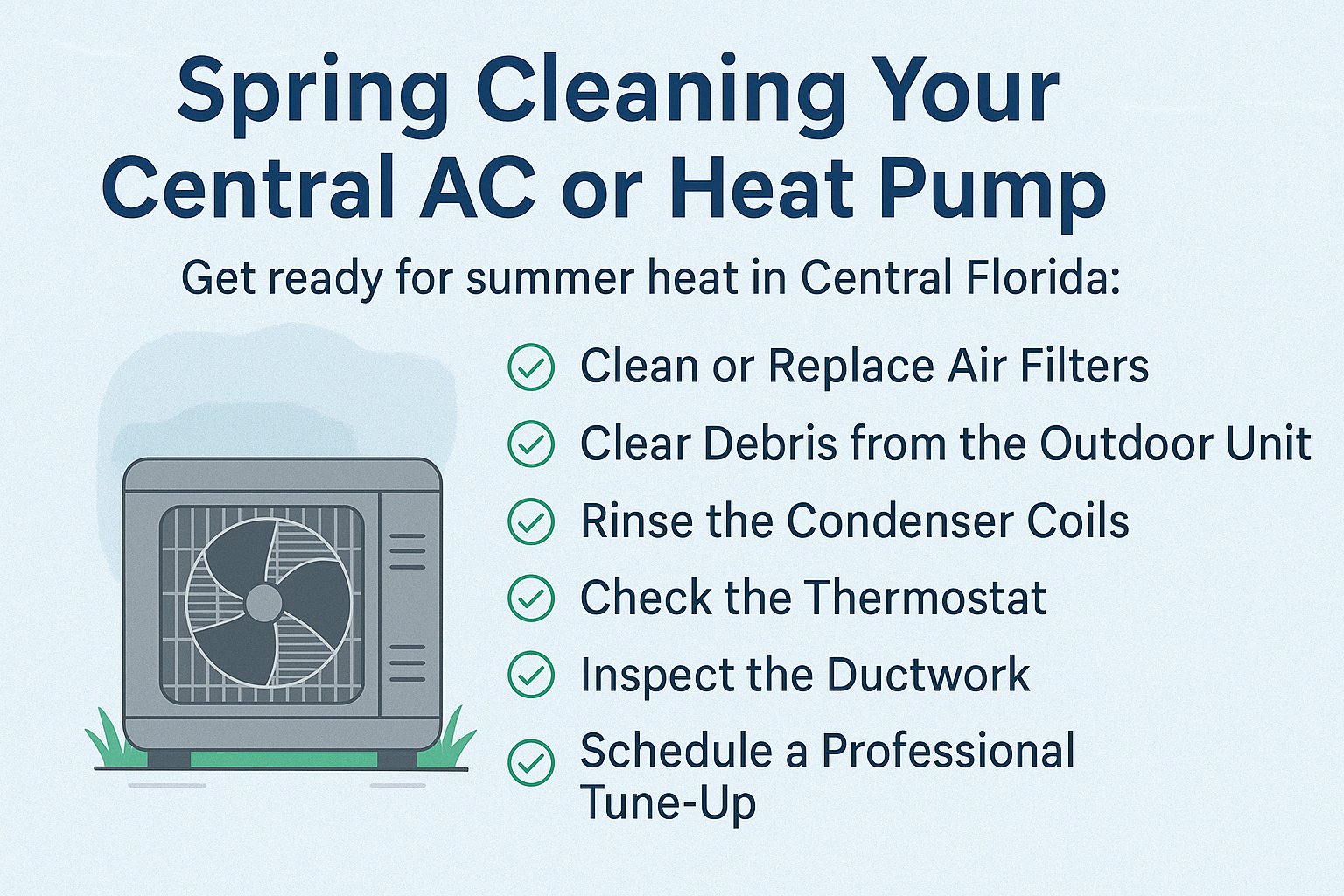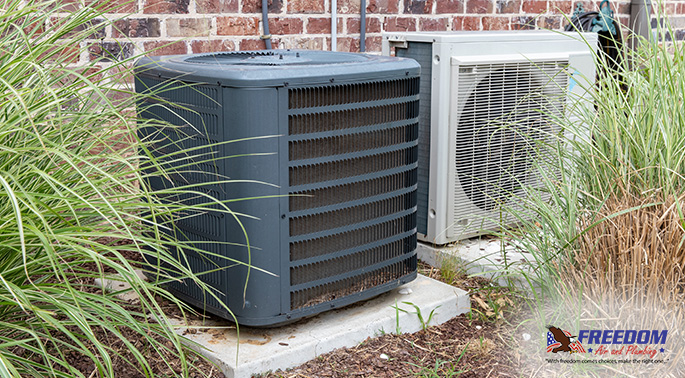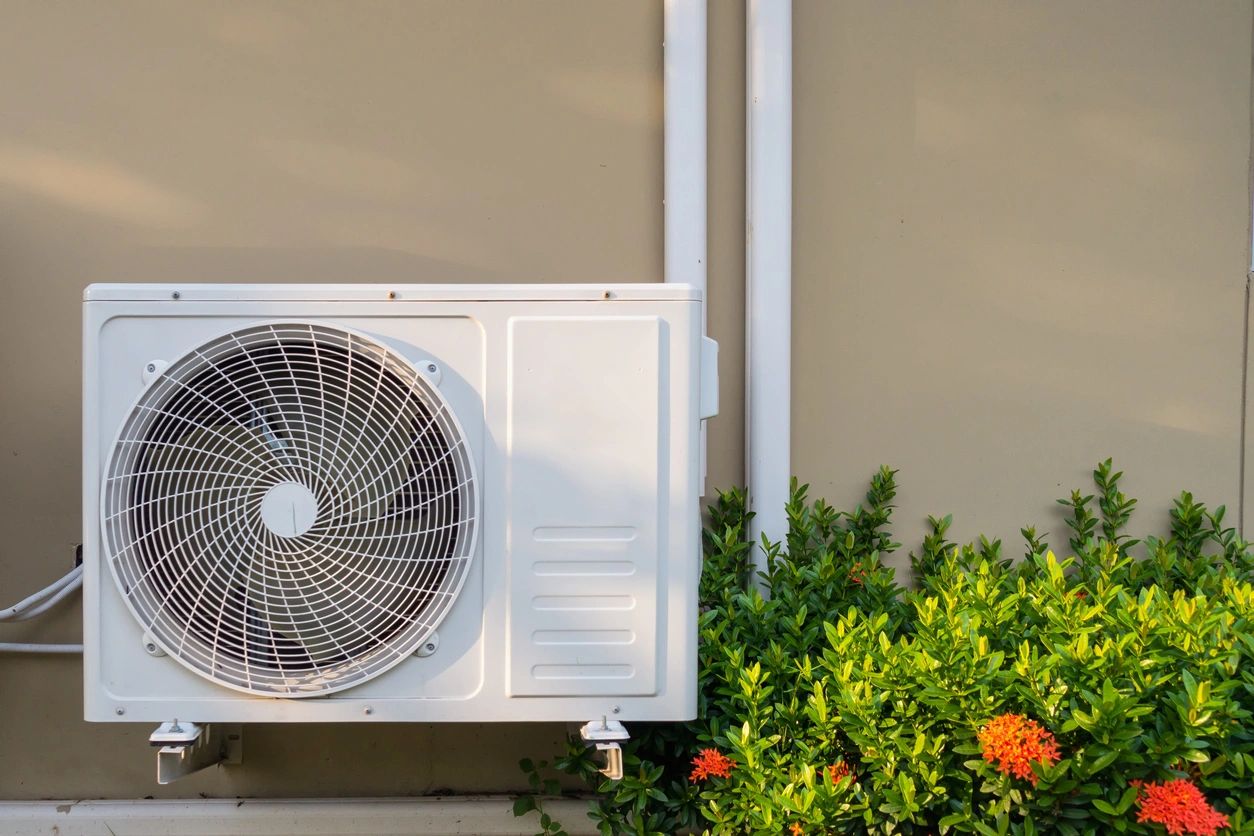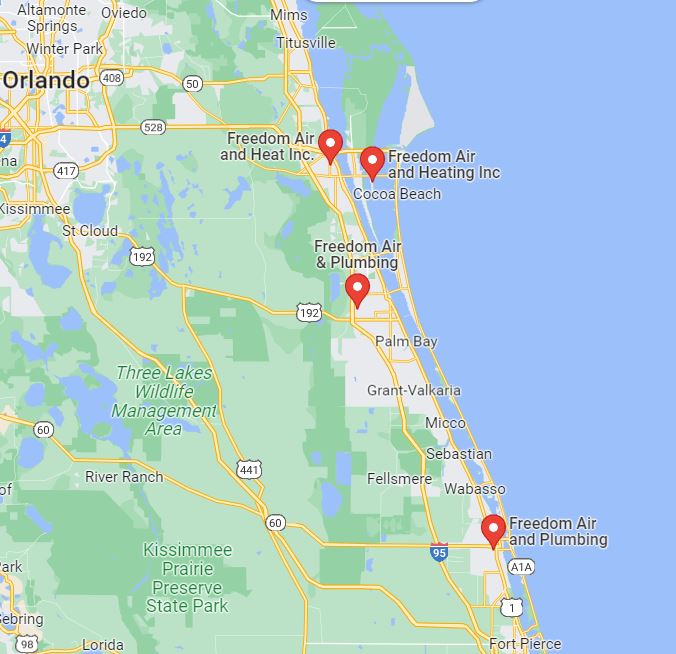Understanding The Quality Differences In Furnace Air Filters
When it comes to the airflow in your home, the air filter in your furnace plays an incredibly important role. It is essential to choose the right filter to ensure that your heating system is running efficiently and your indoor air quality is maintained. However, with so many different types of filters on the market, it can be difficult to determine which one is best for your home. In this blog, we will discuss the differences in quality between various air filters and help you determine which one is the right fit for your needs.
Fiberglass Air Filters
The most common type of filter available is the fiberglass filter. Fiberglass filters are affordable and easily replaceable. They work by trapping large particles like dust, dirt, and debris in their fiberglass layers. While they are effective at filtering these larger particles, they do little to improve your indoor air quality in terms of allergens, bacteria, and viruses. If you don’t have any special air quality requirements, then fiberglass air filters are a good choice for you.
Pleated Air Filters
Pleated air filters are similar to fiberglass filters, but they have a denser layer of material that captures more pollutants. The increased surface area allows the air to pass through more easily, ensuring greater airflow and efficiency in your heating system. Pleated air filters come in various central heating and cooling system sizes, and they often use electrostatic materials to improve filtration. They are a great option if you have pets or want to improve your indoor air quality.
HEPA Air Filters
HEPA (High-Efficiency Particulate Air) filters are the most effective option for improving your indoor air quality. They are designed to catch airborne pollutants that are invisible to the naked eye, like bacteria, viruses, and allergens. HEPA filters can capture up to 99.97% of airborne particles 0.3 microns or larger. They improve air quality and reduce allergy and asthma symptoms in your home. However, they can reduce the airflow in your system since their layers are denser. Depending on the setup and system, HEPA filters might be too restrictive when it comes to airflow and efficiency.
UV Lights
UV lights are not technically air filters, but they still play a vital role in improving your indoor air quality. They work by sterilizing and killing bacteria and viruses in the air. They are available in various types, and they are often installed in your HVAC system. UV lights improve air quality without reducing the airflow like filters can. If you want to keep your indoor air clean, reducing the risks associated with constantly changing filters, then UV lights are the way to go.








